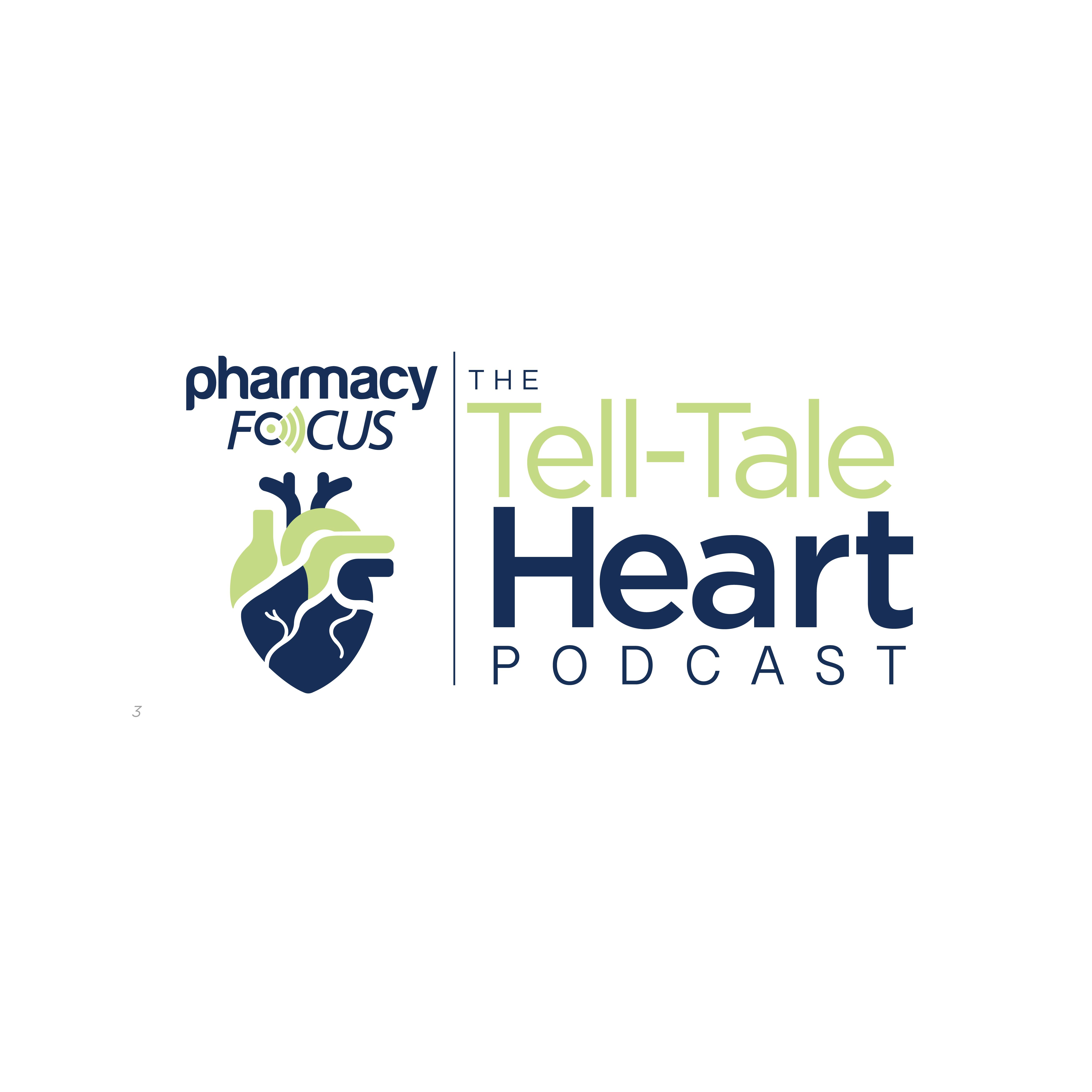News
Article
Cabozantinib Extends Survival in Patients With RCC and Untreated Brain Metastases
Author(s):
Key Takeaways
- Cabozantinib demonstrated efficacy in treating brain metastases in renal cell carcinoma patients, with a 6-month progression-free survival rate of 56%.
- The trial reported a partial response in 61.5% of patients, with a median progression-free survival of 8.1 months and overall survival of 15.8 months.
Data from the phase 2 CABRAMET trial suggests the potential of cabozantinib for treatment of brain metastases from renal cell carcinoma (RCC).
Cabozantinib (Cabometyx; Exelixis) demonstrated prolonged efficacy on brain metastases (BM) in patients with non-locally pretreated BM from renal cell carcinoma (RCC) in the phase 2 CABRAMET (NCT03967522). The data were presented at the 2025 ASCO Genitourinary Cancers Symposium in San Francisco.1
Depiction of a brain with a tumor | Image Credit: © kaliel - stock.adobe.com

RCC is the most common type of kidney cancer, accounting for every 9 out of 10 cases. Although RCC is typically localized at diagnoses, one-third of patients are at an advanced stage. Those with metastatic disease at presentation have a 5-year survival rate of 10% despite progress made in RCC treatments, particularly those with BM whose options are limited to localized therapy.1-3
Cabozantinib is a tyrosine kinase inhibitor with multiple approved indications for various cancers, including RCC, thyroid cancer, and hepatocellular carcinoma. In 2017, it received approval as a monotherapy for treatment of patients with advanced RCC, which was followed by an additional approval for its use in combination with nivolumab (Opdivo, Bristol-Myers Squibb Co). In the multicenter, open-label, exploratory, single-arm, prospective phase 2, cabozantinib showed its promise as a monotherapy in the treatment of patients with non-locally pretreated BM from RCC.4-6
The trial included 26 patients with histologically proven RCC and BM greater than or equal to 5 mm (or greater than 8 mm if solitary) including at least one non-locally pretreated, less than 3 prior systemic treatments excluding cabozantinib, ECOG PS 0 or 1 and steroids less than 40 mg per day were included. The primary end point of the study was BM progression free survival rate at 6 months (6m-BM-PFS), with key secondary end points of BM response and response duration, extracranial response, progression-free survival (PFS), overall survival (OS) and safety.6
The median follow-up period was 39.8 months [5.9-49.7], and of the 26 patients who were enrolled, 25 could be evaluated for the primary end point. The researchers reported a 6m-BM-PFS of 56.0% [unilateral 95%CI 37.9-]. For 61.5% of the patients, the BM response was partial response (PR), and the median response length was not reached; 24 months following the BM response, 66.7% of the patients were event-free. For 38.5%, the extracranial response was PR. The median PFS and BM PFS were 8.1 months [95%CI 4-11.9] and 8.4 months [95%CI 5.4-NR], respectively. The reported median OS was 15.8 months [95%CI 9.7-35.0].6
These findings highlight cabozantinib’s potential as an effective treatment option for patients with RCC and BM, a population with limited systemic therapy options. The promising response rates and PFS observed in the CABRAMET trial reinforce the need for further research to optimize treatment strategies and improve outcomes for these high-risk patients. As ongoing studies continue to explore cabozantinib’s role in RCC management, its ability to address both intracranial and extracranial disease progression may offer new hope for patients facing advanced disease.






